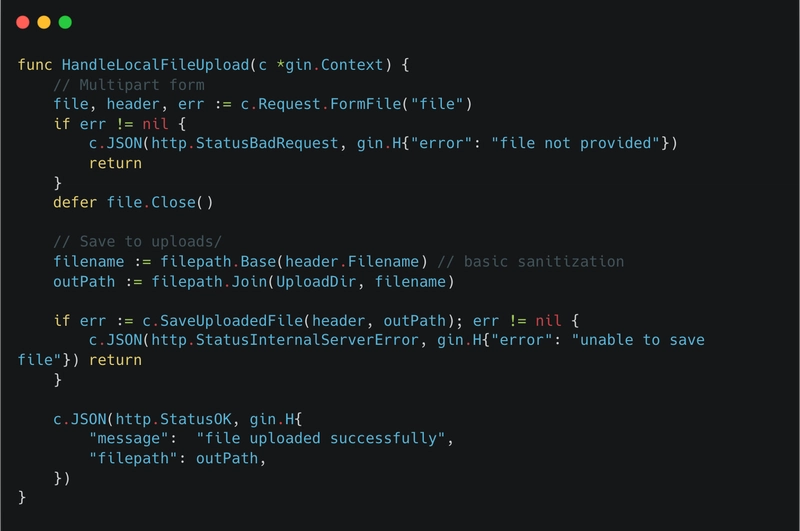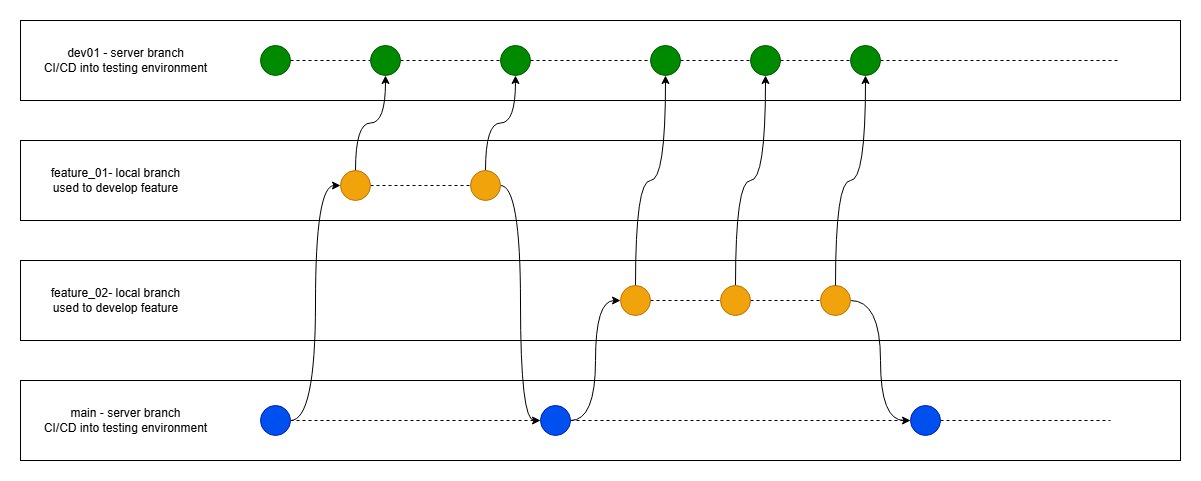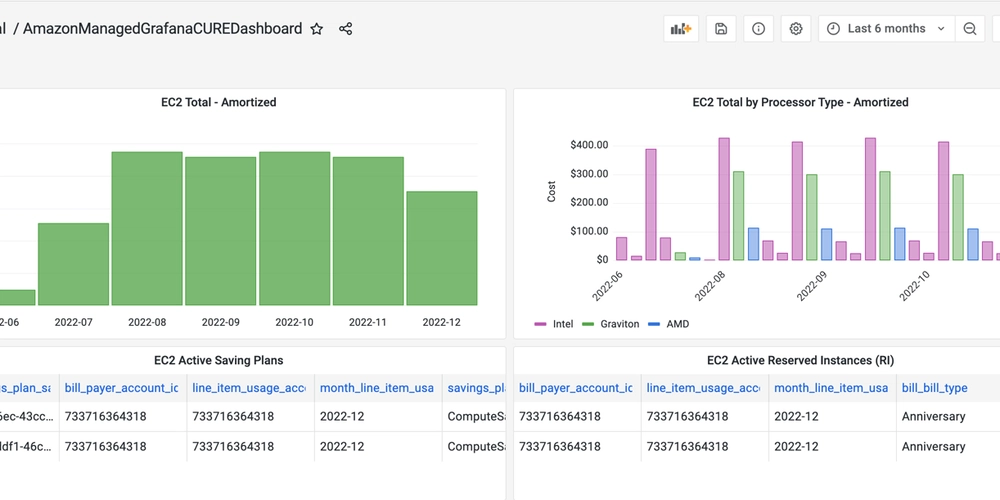List Operations without in built formular's in Python
In today’s blog, we’ll walk through three common list operations that are often solved using Python’s built-in methods—but this time, we’ll solve them from scratch. This approach is especially useful for improving your algorithmic thinking and mastering the fundamentals. Problem One: Reverse a List You are given a list of n integers. Your task is to return a reversed list, without using any built-in Python functions or methods related to reversing. Breakdown Initialize an empty list to store the reversed elements. Iterate over the original list in reverse order using index manipulation. Append each element to the new list. Return the new list. def reverse_list(numbers): reversed_list = [] for i in range(len(numbers) - 1, -1, -1): reversed_list.append(numbers[i]) return reversed_list Problem Two: Circular Shift Elements Given a list of n integers and an integer shift, return the list after shifting each element right (positive shift) or left (negative shift), circularly. Breakdown Normalize the shift using shift = shift % n to keep it within bounds. Initialize a new list with the same length. Loop through the original list and compute the new index using (i + shift) % n. Assign the value from the old list to its new position in the new list. Return the shifted list. def shift_list_elements(ls, shift): n = len(ls) if n == 0: return [] shift = shift % n shifted_list = [0] * n for i in range(n): new_pos = (i + shift) % n shifted_list[new_pos] = ls[i] return shifted_list Problem Three: Check for Contiguous Sublist You are given two lists of integers, listA and listB. Determine if listB is a contiguous sublist of listA. Breakdown If listB is longer than listA, return False. Loop through listA, only up to where listB can possibly fit. For each start index, check if every element in listB matches the corresponding elements in listA. Return True if a full match is found; otherwise, return False. def is_contiguous_sublist(listA, listB): lenA = len(listA) lenB = len(listB) if lenB > lenA: return False for i in range(lenA - lenB + 1): match_found = True for j in range(lenB): if listA[i + j] != listB[j]: match_found = False break if match_found: return True return False Each of these problems helps reinforce core concepts in indexing, iteration, and logic building, without depending on Python's built-ins. Try them out and consider how you might further optimize these for large datasets or edge cases!

In today’s blog, we’ll walk through three common list operations that are often solved using Python’s built-in methods—but this time, we’ll solve them from scratch. This approach is especially useful for improving your algorithmic thinking and mastering the fundamentals.
Problem One: Reverse a List
You are given a list of
nintegers. Your task is to return a reversed list, without using any built-in Python functions or methods related to reversing.
Breakdown
- Initialize an empty list to store the reversed elements.
- Iterate over the original list in reverse order using index manipulation.
- Append each element to the new list.
- Return the new list.
def reverse_list(numbers):
reversed_list = []
for i in range(len(numbers) - 1, -1, -1):
reversed_list.append(numbers[i])
return reversed_list
Problem Two: Circular Shift Elements
Given a list of
nintegers and an integershift, return the list after shifting each element right (positive shift) or left (negative shift), circularly.
Breakdown
- Normalize the shift using
shift = shift % nto keep it within bounds. - Initialize a new list with the same length.
- Loop through the original list and compute the new index using
(i + shift) % n. - Assign the value from the old list to its new position in the new list.
- Return the shifted list.
def shift_list_elements(ls, shift):
n = len(ls)
if n == 0:
return []
shift = shift % n
shifted_list = [0] * n
for i in range(n):
new_pos = (i + shift) % n
shifted_list[new_pos] = ls[i]
return shifted_list
Problem Three: Check for Contiguous Sublist
You are given two lists of integers,
listAandlistB. Determine iflistBis a contiguous sublist oflistA.
Breakdown
- If
listBis longer thanlistA, returnFalse. - Loop through
listA, only up to wherelistBcan possibly fit. - For each start index, check if every element in
listBmatches the corresponding elements inlistA. - Return
Trueif a full match is found; otherwise, returnFalse.
def is_contiguous_sublist(listA, listB):
lenA = len(listA)
lenB = len(listB)
if lenB > lenA:
return False
for i in range(lenA - lenB + 1):
match_found = True
for j in range(lenB):
if listA[i + j] != listB[j]:
match_found = False
break
if match_found:
return True
return False
Each of these problems helps reinforce core concepts in indexing, iteration, and logic building, without depending on Python's built-ins. Try them out and consider how you might further optimize these for large datasets or edge cases!





































































































































































![[The AI Show Episode 145]: OpenAI Releases o3 and o4-mini, AI Is Causing “Quiet Layoffs,” Executive Order on Youth AI Education & GPT-4o’s Controversial Update](https://www.marketingaiinstitute.com/hubfs/ep%20145%20cover.png)




























































































































![[DEALS] Microsoft 365: 1-Year Subscription (Family/Up to 6 Users) (23% off) & Other Deals Up To 98% Off – Offers End Soon!](https://www.javacodegeeks.com/wp-content/uploads/2012/12/jcg-logo.jpg)




![From Art School Drop-out to Microsoft Engineer with Shashi Lo [Podcast #170]](https://cdn.hashnode.com/res/hashnode/image/upload/v1746203291209/439bf16b-c820-4fe8-b69e-94d80533b2df.png?#)









































































































(1).jpg?#)































_Inge_Johnsson-Alamy.jpg?width=1280&auto=webp&quality=80&disable=upscale#)



















































































































![New Apple iPad mini 7 On Sale for $399! [Lowest Price Ever]](https://www.iclarified.com/images/news/96096/96096/96096-640.jpg)
![Apple to Split iPhone Launches Across Fall and Spring in Major Shakeup [Report]](https://www.iclarified.com/images/news/97211/97211/97211-640.jpg)
![Apple to Move Camera to Top Left, Hide Face ID Under Display in iPhone 18 Pro Redesign [Report]](https://www.iclarified.com/images/news/97212/97212/97212-640.jpg)
![Apple Developing Battery Case for iPhone 17 Air Amid Battery Life Concerns [Report]](https://www.iclarified.com/images/news/97208/97208/97208-640.jpg)
































































































